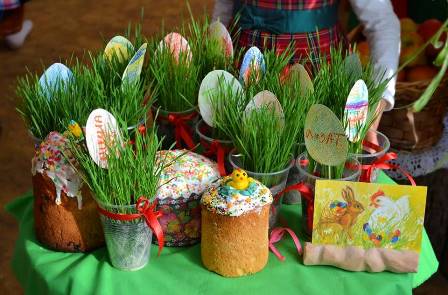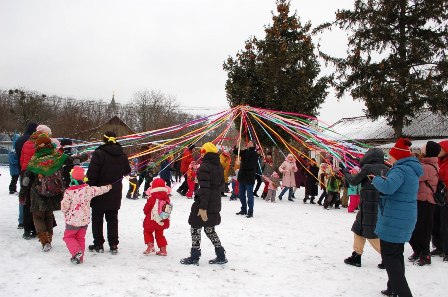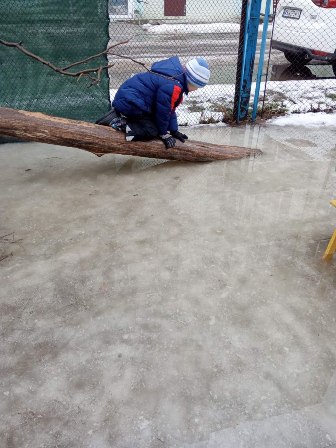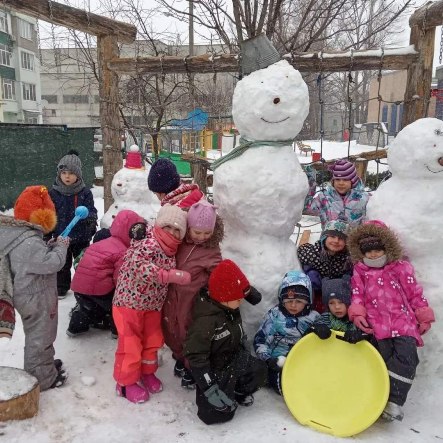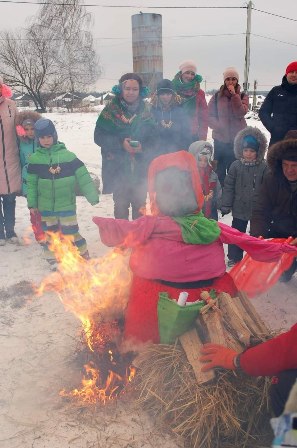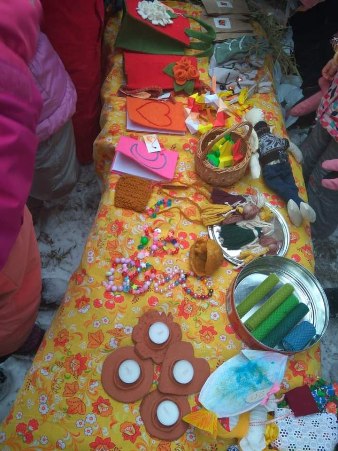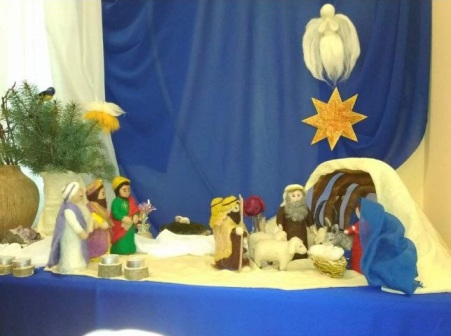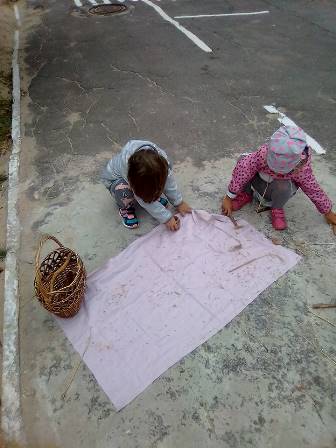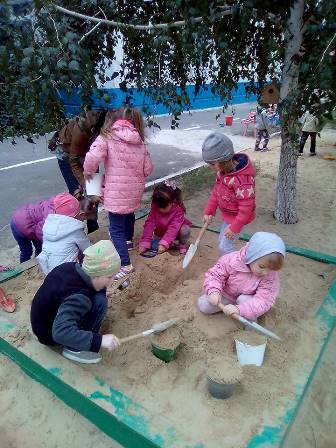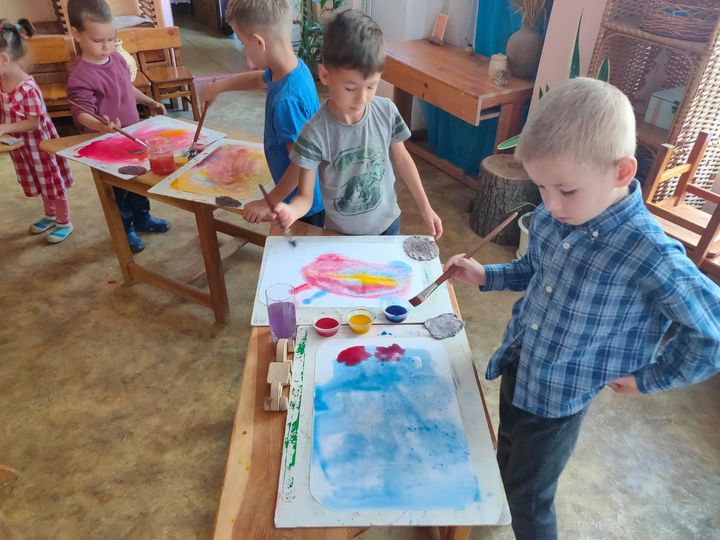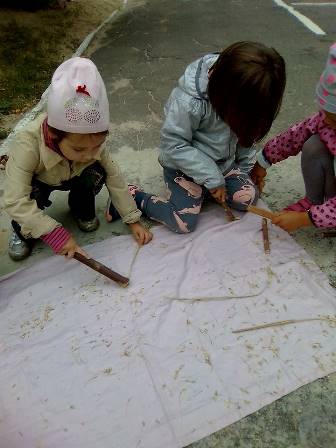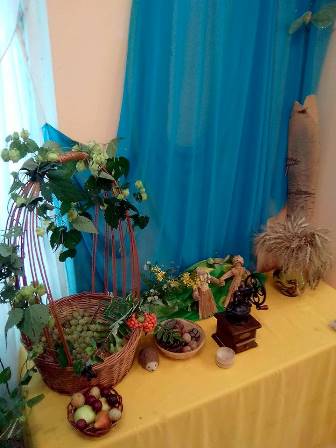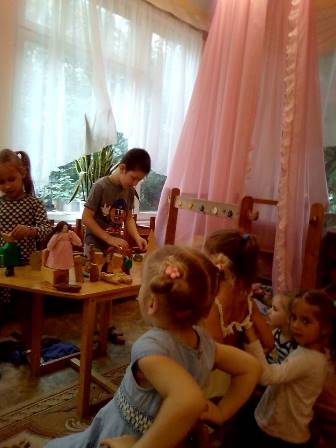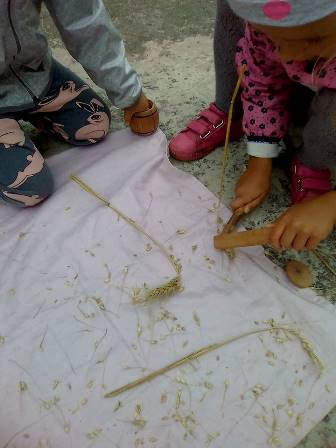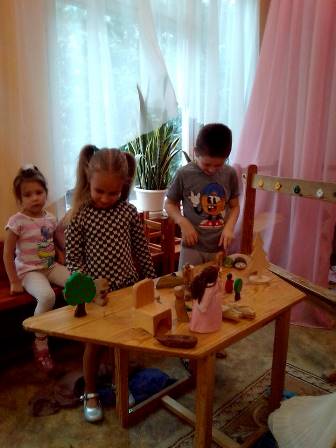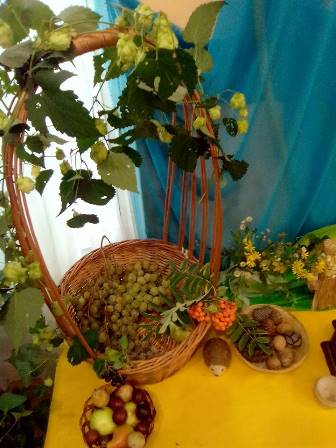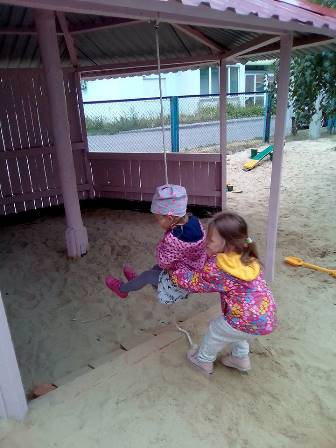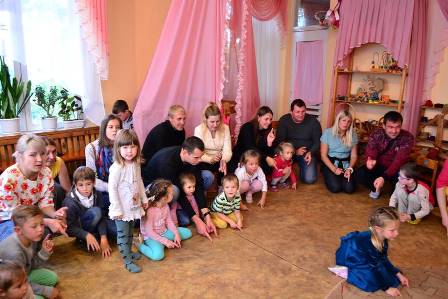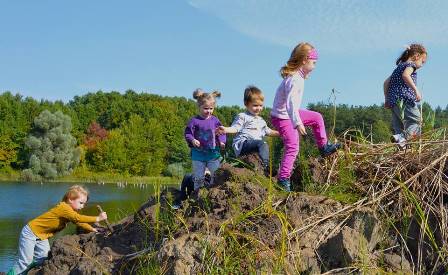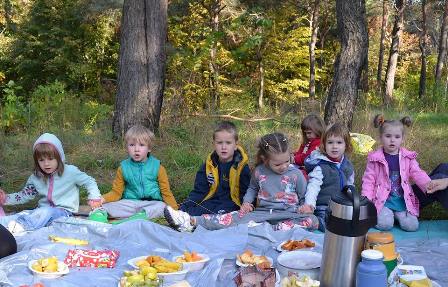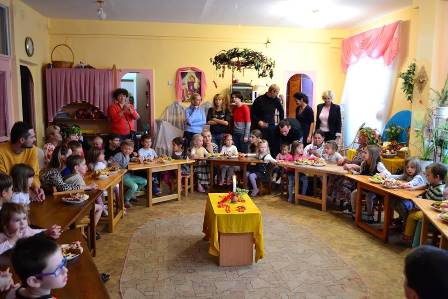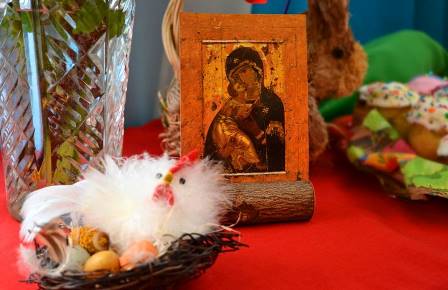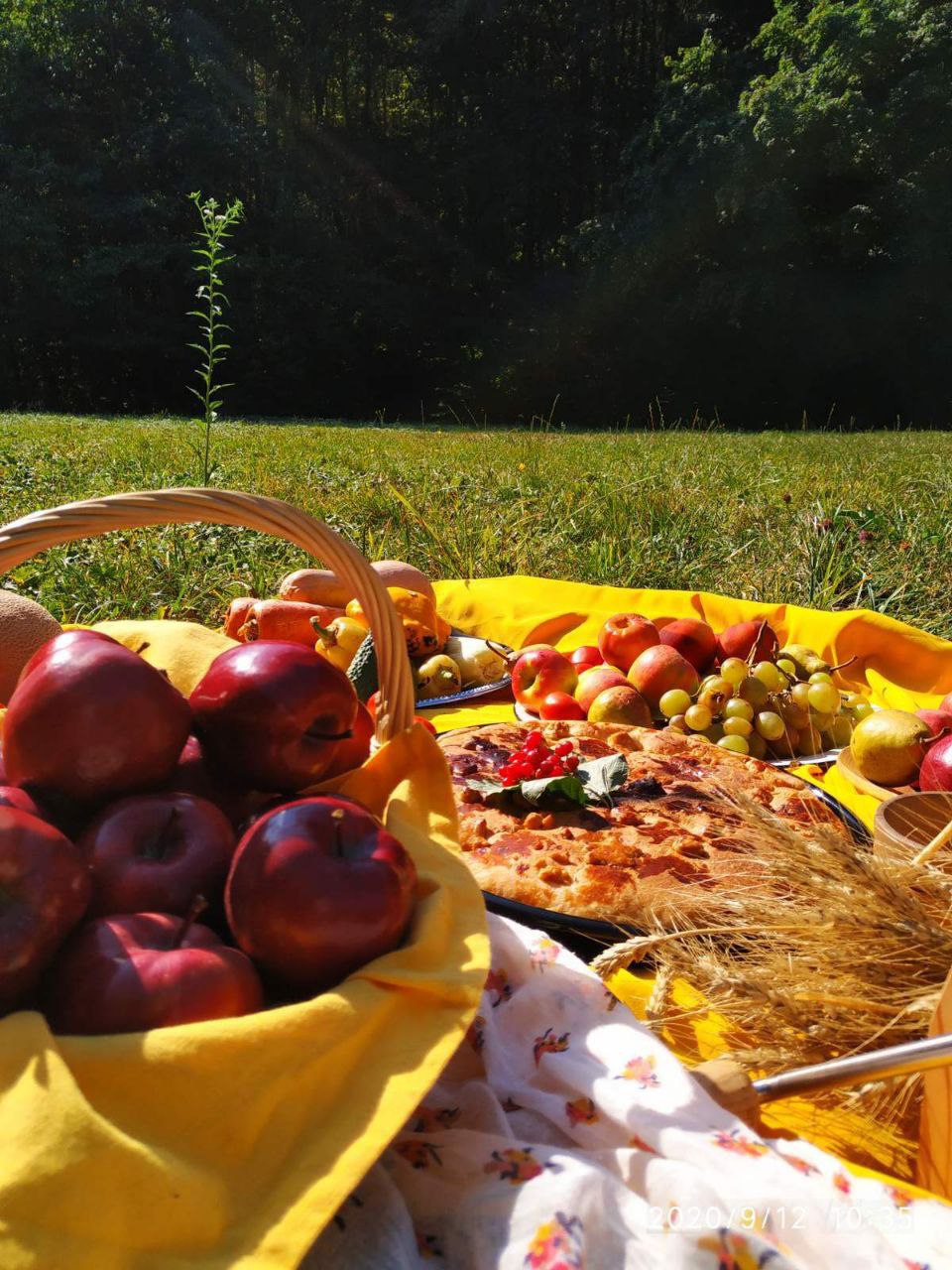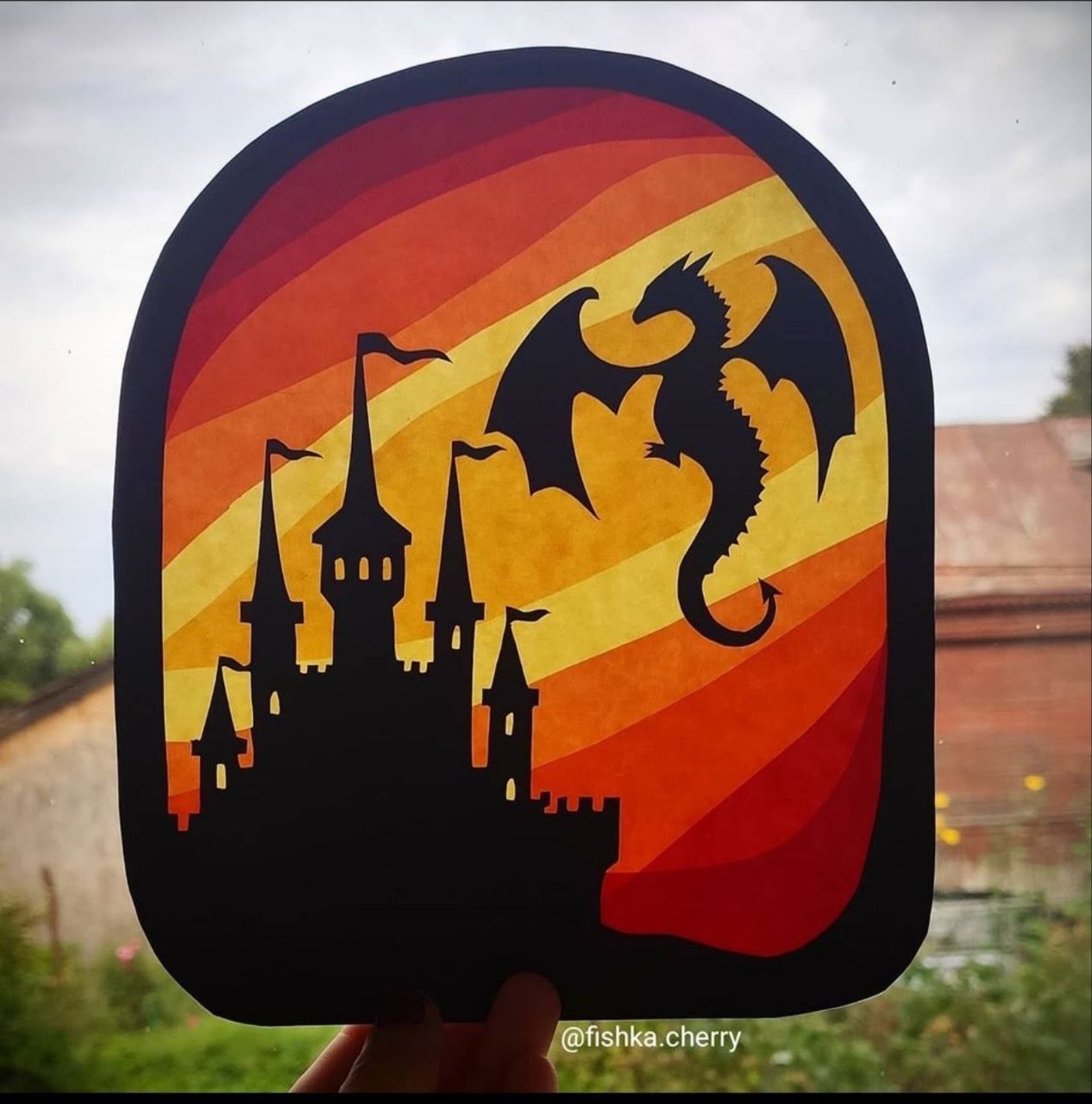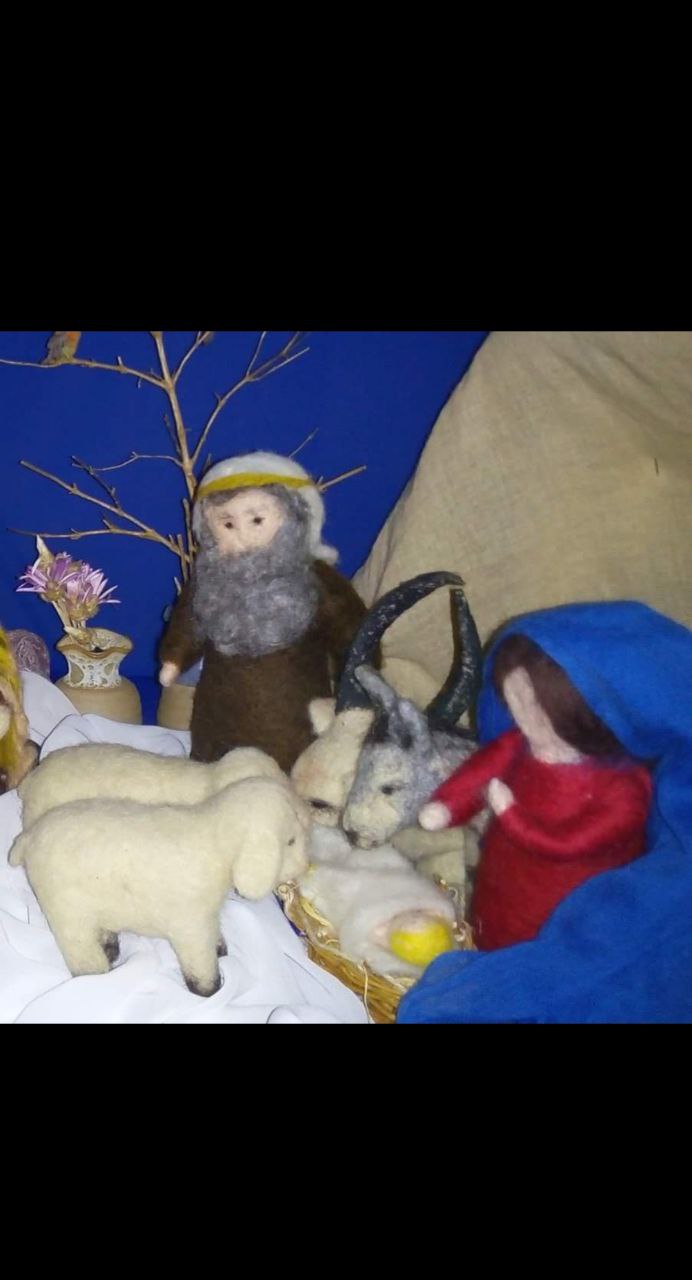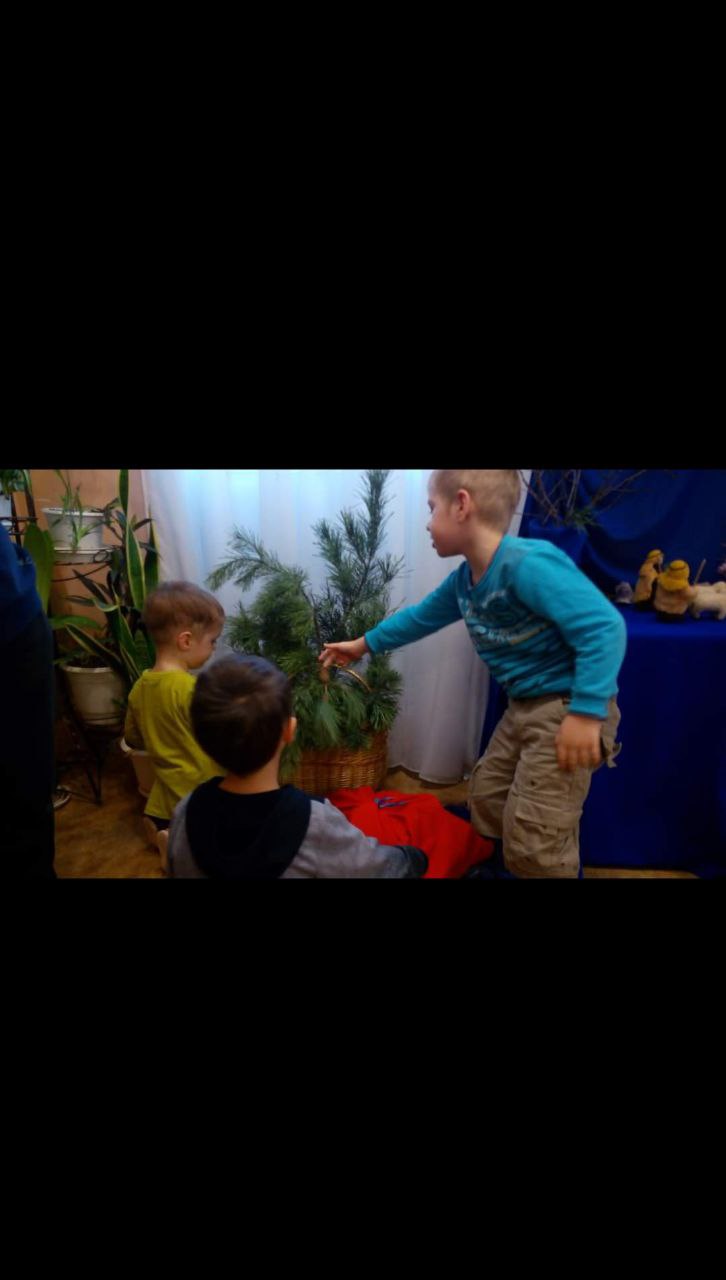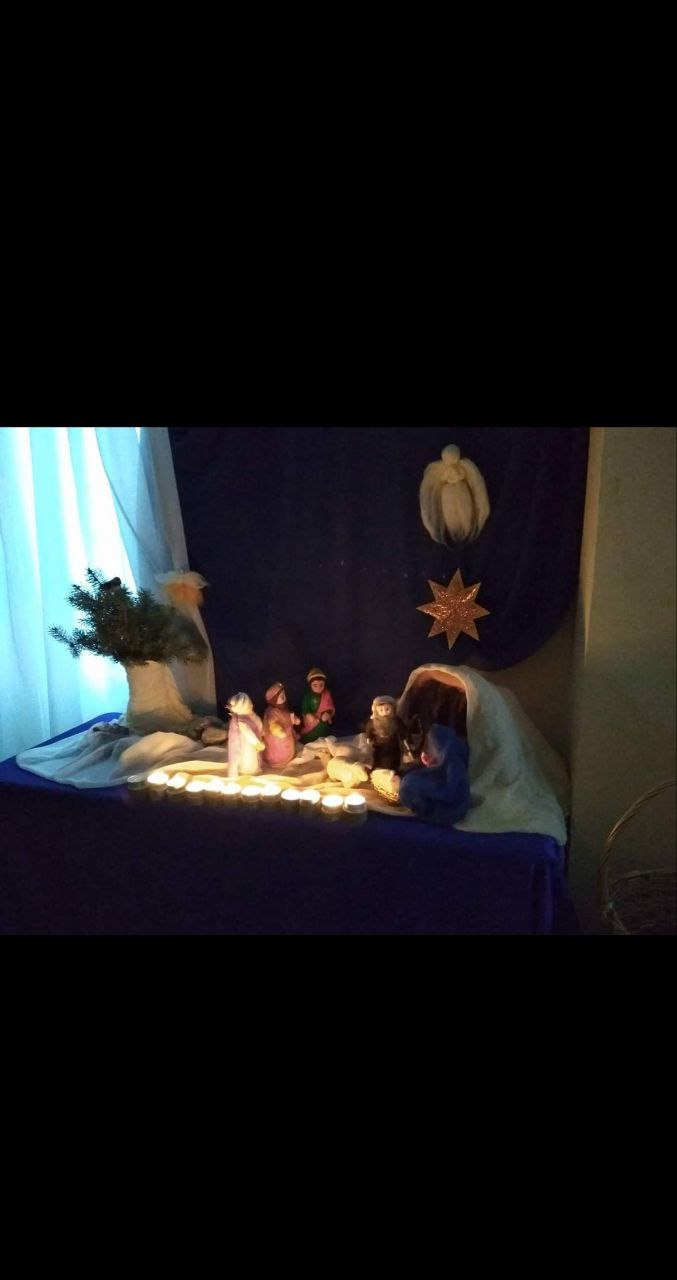TELLING A FAIRY TALE
An important place in the pedagogical process of a Waldorf kindergarten is assigned to a fairy tale. It acts as one of the main means of moral education, as its images are addressed to the child’s soul. The great importance of fairy tales is also in the development of children’s imagination, the ability to imagine, in the enrichment of the child’s language, in the development of his emotional life.
A fairy tale is told to children every day. It has its own specific time and place, and a specific storytelling ritual. The same tale is told for one, sometimes two weeks (during an era). This gives the child a sense of inner peace, and also allows children to get used to various fairy-tale images quite strongly.
Such language elements as sound, imagery, rhythm, and melody are the means that directly and emotionally connect the child with the world of folk culture.
There are a number of methodological requirements for the narrator. For example, it is important that a fairy tale is told orally, and not read from a book. It is important to preserve the folk text, and not to retell the tale freely. An important process of organizing listening is the concentration of the child’s hearing and the narrator’s speech.
A fairy tale with children is not analyzed, the teacher does not comment on its plot, neither analyzes it, nor asks the children to memorize or specifically retell the tale. At the same time, children can use fairy tales in their games. Transforming into different heroes, they once again experience the moral of the tale.
PUPPET SHOW
Listening to a fairy tale, children internally draw pictures, images, which contributes to the development of imagination. It must be understood that from time to time the life of these internal images must be enriched with the help of external images. It is this important function performed by the puppet theater in the Waldorrf kindergarten.
Acting dolls move the child’s “imagining of the living”, cause inner mobility. The attractiveness of the puppet theater for the viewer is directly related to the fact that the three-dimensional image, which is in a stationary state, the picture before our eyes begins to move. And the movement is not mechanical, accidental, but internally expedient and therefore it can be said to be alive. The picture does not just move, but “comes to life” before the viewer’s eyes, which has an extremely strong effect on the inner life of the child. A big role in such experiences is played by a child’s rich imagination.
The puppet show is organized by educators. At the same time, significant preparatory work is carried out, in particular, the development of the scene on which the fairy-tale action will unfold. As a rule, the scene is organized on one or two tables, and the main material for creating the landscape on which the fairy tale will unfold is fabrics of different colors and various natural materials. Children can participate in this kind of construction. Such joint training gives them a strong impulse to later act out their own puppet shows.
Much attention is paid to the dolls, the characters of the performance, the expressiveness of their images. As a rule, all puppets for theater in a Waldorf kindergarten are made by hand. Two types of them are usually used: standing dolls and marionette dolls.
A puppet show usually lasts 10-20 minutes. It traditionally takes place on the day of each group at a certain time of the day and in a certain place in the children’s room.

